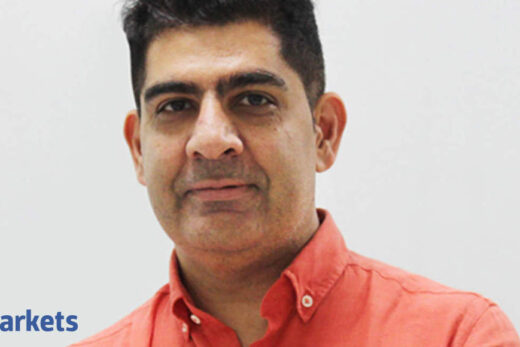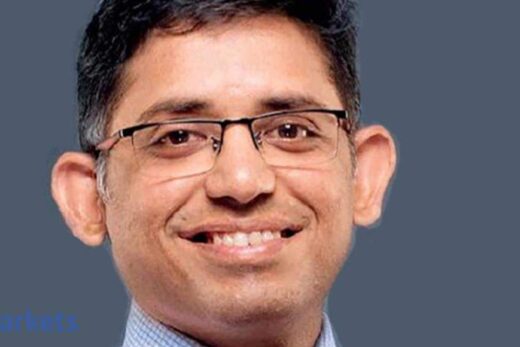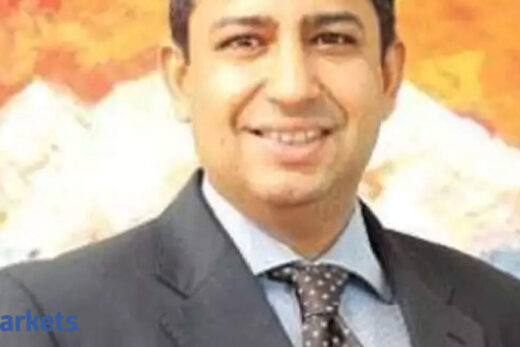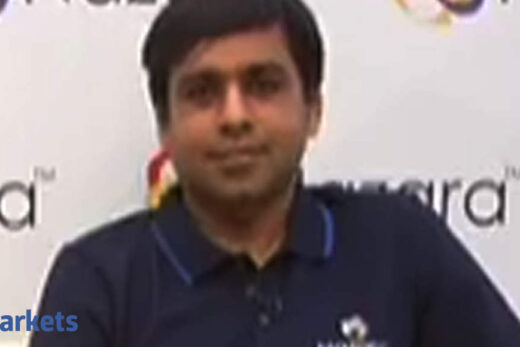ET Now: What is the update on the UK business at the moment?
Hiral Chandrana: We have a fantastic business out there in UK. We are working with the leading public sector institutions — the Home Office as well as the National Health Service. We are doing some very cutting edge work.
I would like to make it clear that we are by no means going to reduce our UK exposure. That is a very healthy business for us. In fact, we expect to continue that run in many areas including the private sector.
Let us talk about the order book…
Q1 was a good quarter. In Q2 we are seeing some good momentum. The size of the deals has been increasing as well. We are getting involved in larger-sized of deals and that is partly because of our combined entity with Evosys in the cloud business that we acquired last year.
So momentum is good in terms of deals. There are some delays in some cases, particularly when the deals are larger because cycles are a bit longer cycles and competition is higher. We like the position because we have been in the business of delivering business solutions and that is really where customers are looking for higher value now.
Attrition in the IT industry is up sharply. How has it been for you?
It is definitely a challenging talent market, but we have taken a lot of steps not just in terms of our salary hikes but also in terms of skill transformation. We have been looking at various elements of how training and reskilling are done — the whole the employee experience part.
Our ex-CFO was on your show about 12-15 months back and our margins were in that 13-14% range at that point. Now we are at about 21% or so. So we have had a healthy growth. We feel comfortable in that 20 plus percentage operating EBITDA. There is going to be some fluctuation quarter by quarter, but we feel that we have had some good leverage in terms of fixed cost. We are comfortable in that range of above 20%.
We do not guide numbers, as you know. But we do not see any issues in that range.
But are you able to pass on the salary inflation on to your clients?
There are two or three parts of our business. Some elements of time and materials work that we do are based on rate cuts, which is based on pricing, which is directly people based. There are certain parts of our business which are really based on fixed price as well as delivery based on business KPIs.
In some of our cloud implementation business, which we acquired through Evosys, a majority of the work is delivered with business outcomes. So there are elements of pricing and realisation that we can leverage on based on just the outcome that we deliver.
In cases where skills that are high in demand, customers do realise that they need to be paying more. There are certain skills for which we can command higher prices. So it is a combination of pricing power and what we deliver at fixed price.
There is a belief that when you are in a boom time the migration of talent happens to big IT companies and mid-sized companies suffer. Would you agree with it or dismiss it?
The best way to look at it is through the customer mindset angle. Business is getting a lot more involved in the technology road map. There is a lot of interest among customers about how technology is going to help their business transformation.
I do not want to unnecessarily comment on the debate about midcap versus large IT players. I think it is the difference in how we position ourselves. We have been fortunate that about 85% or so of our business is really about digital and cloud services. We are directly working in many cases impacting the business of our customers, so we do not see any challenges in terms of large versus midcap in our case.
I think it is about the credibility and trust you are building with the customer, and the value you are delivering to the customer.
How much of the current businesses is a pure sugar rush?
Customers are going through this digital adoption and they are changing business models. They are changing their supply chains. It is a huge transformation and technology obviously is a big enabler. This will continue at least for the next one and a half or two years.
There is a huge opportunity for automation. There is a huge opportunity for digital adoption. Cloud has taken off obviously in a big way, and we are investing heavily in that space. So for us, the next foreseeable 18-24 months we see this happening.
Beyond that, I think new revenue streams will emerge. It’ll be interesting to see how companies get ready for those new revenue streams.
We are already investing keeping a medium to longer term view in mind, because after two years some of that digital adoption would have reached some level of an equilibrium. Then, the next cycle would begin which would be more AI, more intersection between industry and technology, different business and monetisation models. So, the next few years are going to be an interesting phase.



